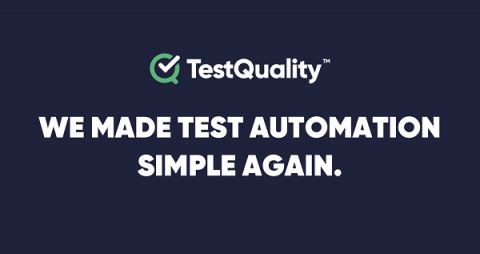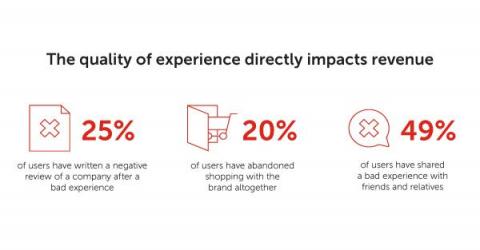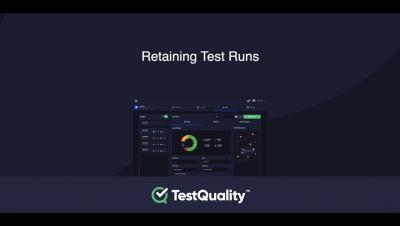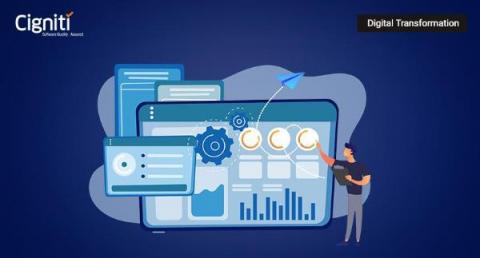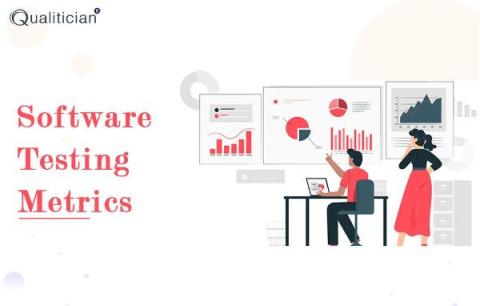Networking, Mentorship and the Value of Conferences
Hello to the Testhouse family! This is what I hope will be the first in a series of blog posts aimed at sharing insights into things I have learned or experienced in my career in testing to date. If you find anything that sparks your interest, or have follow up questions, then please do let me know. This first blog is about mentorship, conferences, and the value of networking; I hope you find taking a few minutes to read this will be time well spent!



